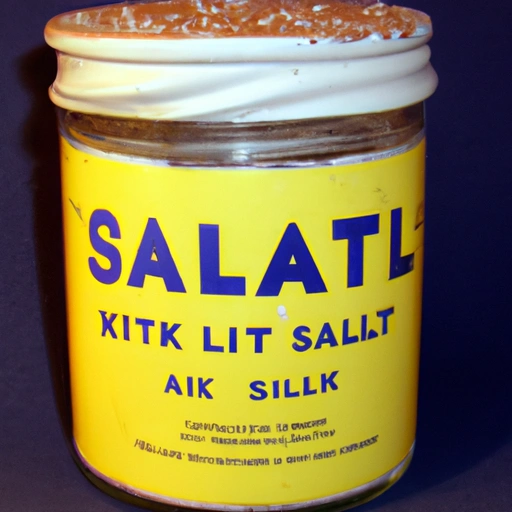Pickling Salt
Description

Pickling salt, a fine-grained salt with no additives, is an essential ingredient for pickling and canning. It dissolves easily in brine and doesn't cloud the liquid, ensuring a clear preservation medium. In the United States, pickling salt is usually measured in cups, with 1 cup weighing approximately 8 ounces or 225 grams. European and Azjan recipes may use grams or milliliters, where 1 tablespoon is roughly 15 grams or 15 milliliters.
Common uses
Pickling salt is commonly used in canning and preserving vegetables, meats, and seafood. It's also used in brining solutions to enhance the flavor and texture of certain dishes.
Nutritional value
Calories
As a pure mineral, pickling salt does not contain calories.
Protein
Pickling salt contains no protein.
Fat
Pickling salt is free from any fat content.
Carbohydrates
There are no carbohydrates in pickling salt.
Vitamins
There are no vitamins in pickling salt.
Minerals
Pickling salt is primarily composed of sodium chloride, which is an essential mineral for maintaining fluid balance and proper cell function in the human body.
Health benefits
While pickling salt itself does not have health benefits, it aids in food preservation which can help maintain the nutritional value of foods over time.
Potential risks
Excessive consumption of pickling salt can lead to increased blood pressure and other health issues associated with high sodium intake. It is important to use it in moderation.
Common recipes
Common recipes using pickling salt include various pickles, sauerkraut, kimchi, and corned beef.
Cooking methods
Pickling and brining are the primary cooking methods where pickling salt is used.
Pairing with other ingredients
Pickling salt pairs well with vinegar, spices like dill and mustard seed, and vegetables such as cucumbers and cabbage.
Summary
Pickling salt is a fine, pure salt used mainly in canning and pickling to preserve foods. It is important for maintaining the texture and clarity of preserved foods. While it has no intrinsic nutritional benefits, it is essential for food preservation which allows for extended storage and enjoyment of a wide variety of foods.